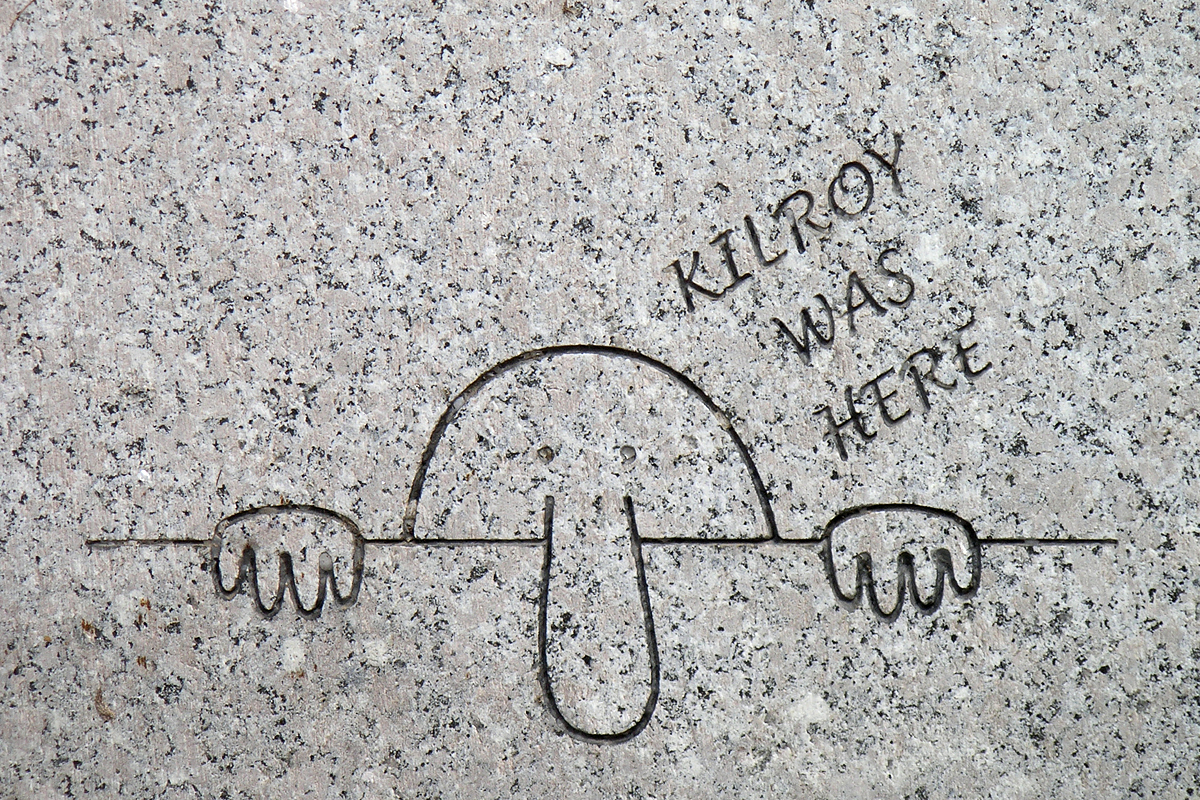https://en.wikipedia.org/wiki/Scytale wrote:
<<In cryptography, a scytale (rhymes with Italy; Ancient Greek: σκυτάλη skutálē "baton, cylinder") is a tool used to perform a transposition cipher, consisting of a cylinder with a strip of parchment wound around it on which is written a message. The ancient Greeks, and the Spartans in particular, are said to have used this cipher to communicate during military campaigns.
The recipient uses a rod of the same diameter on which the parchment is wrapped to read the message. It has the advantage of being fast and not prone to mistakes—a necessary property when on the battlefield. It can, however, be easily broken. Since the strip of parchment hints strongly at the method, the ciphertext would have to be transferred to something less suggestive, somewhat reducing the advantage noted.
Suppose the rod allows one to write four letters around in a circle and five letters down the side of it.
The plaintext could be: "
I am hurt very badly help".
To encrypt, one simply writes across the leather:
Code: Select all
_____________________________________________________________
| | | | | | |
| I | a | m | h | u | |
__| r | t | v | e | r |__|
| | y | b | a | d | l |
| | y | h | e | l | p |
| | | | | | |
_____________________________________________________________
so the ciphertext becomes, "
Iryyatbhmvaehedlurlp" after unwinding.
To decrypt, all one must do is wrap the leather strip around the rod and read across. The ciphertext is: "Iryyatbhmvaehedlurlp" Every fifth letter will appear on the same line, so the plaintext (after re-insertion of spaces) becomes: "I am hurt very badly help".
History
From indirect evidence, the scytale was first mentioned by the Greek poet Archilochus, who lived in the 7th century BC. Other Greek and Roman writers during the following centuries also mentioned it, but it was not until Apollonius of Rhodes (middle of the 3rd century BC) that a clear indication of its use as a cryptographic device appeared. A description of how it operated is not known from before Plutarch (50-120 AD):
- The dispatch-scroll is of the following character. When the ephors send out an admiral or a general, they make two round pieces of wood exactly alike in length and thickness, so that each corresponds to the other in its dimensions, and keep one themselves, while they give the other to their envoy. These pieces of wood they call scytalae. Whenever, then, they wish to send some secret and important message, they make a scroll of parchment long and narrow, like a leathern strap, and wind it round their scytale, leaving no vacant space thereon, but covering its surface all round with the parchment. After doing this, they write what they wish on the parchment, just as it lies wrapped about the scytale; and when they have written their message, they take the parchment off and send it, without the piece of wood, to the commander. He, when he has received it, cannot otherwise get any meaning out of it,--since the letters have no connection, but are disarranged,--unless he takes his own scytale and winds the strip of parchment about it, so that, when its spiral course is restored perfectly, and that which follows is joined to that which precedes, he reads around the staff, and so discovers the continuity of the message. And the parchment, like the staff, is called scytale, as the thing measured bears the name of the measure.
—Plutarch, Lives (Lysander 19), ed. Bernadotte Perrin.
 A Message from Earth
A Message from Earth
